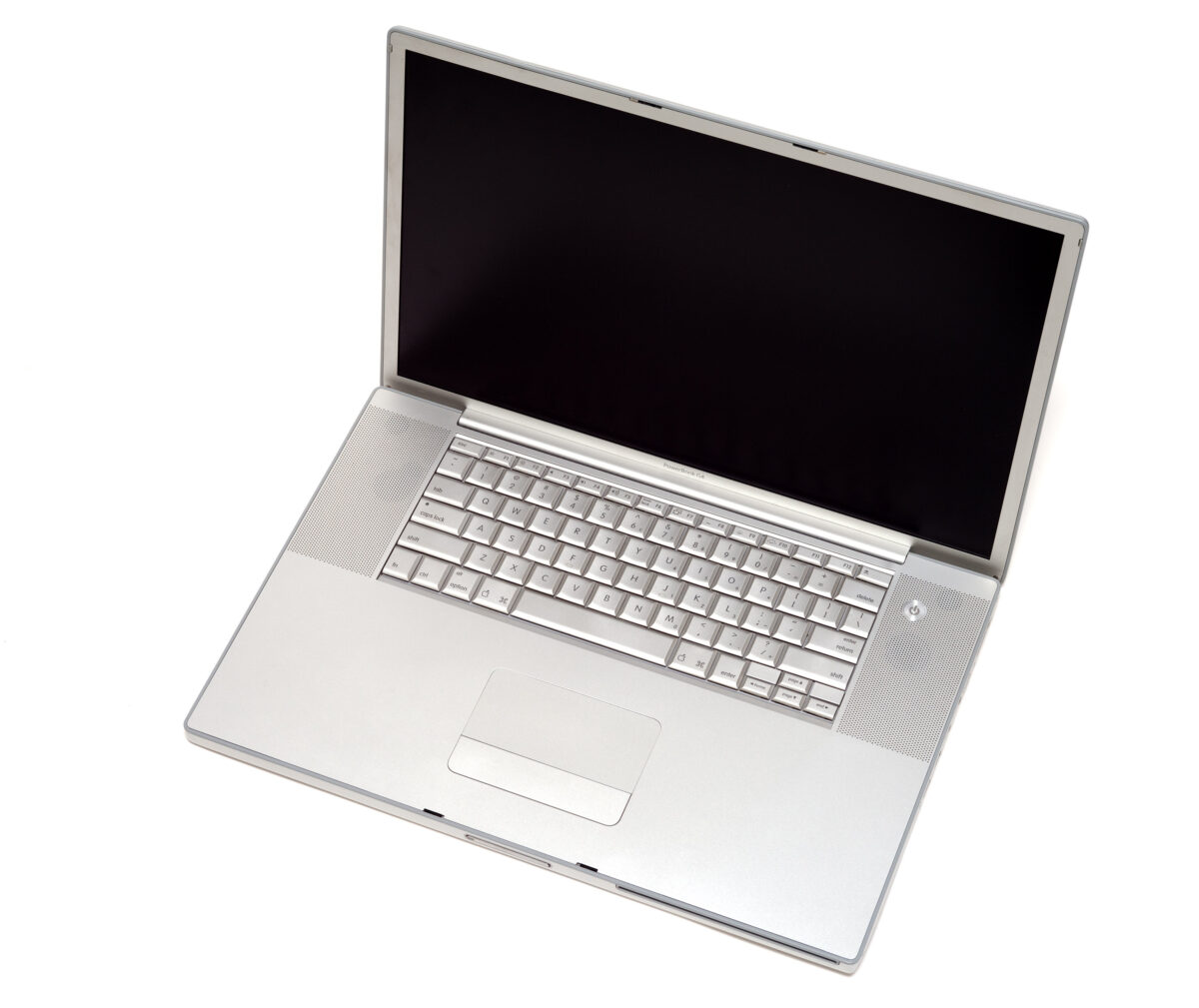Why 2003 changed the high end laptop landscape and set up Apple for domination
Introduction
In early 2003, Apple released the PowerBook G4 17″, a machine that seemed almost impossibly advanced for its time. At a time when most laptops were chunky, plastic, and utilitarian, the PowerBook 17″ broke new ground with its sleek aluminum unibody enclosure, ultra-thin profile, and massive screen for a portable computer. It wasn’t just the biggest laptop Apple had ever made—it was also the most forward-thinking.
Building on the legacy of earlier PowerBooks like the G3 “Pismo” and the titanium PowerBook G4, which began shifting Apple toward sleeker, more design-focused portables, the 17″ model pushed that vision further than ever before. With features like a backlit keyboard, ambient light sensors, and a slot-loading SuperDrive, the PowerBook 17″ introduced elements that would become standard across Apple’s notebook lineup for years to come.
Key Features
One of its most defining features was the expansive 17-inch widescreen display with a 1440 x 900 resolution—rare at the time and virtually unheard of in a notebook format. This made it ideal for creatives, video editors, and designers who needed screen real estate on the go. Apple wasn’t just chasing specs; they were redefining what a “professional” laptop could be. In many ways, the PowerBook 17″ paved the way for the MacBook Pro line, which would formally launch three years later in 2006 with the transition to Intel processors.

2005 PowerBook 17″ – Photo Courtesy: Ashley Pomeroy
Design
From a design perspective, the PowerBook 17″ set the tone for Apple’s minimalist and industrial aesthetic that continues to influence the MacBook Pro design language to this day. It was the first Apple notebook to embrace the brushed aluminum enclosure as a defining feature, replacing the black plastic of earlier PowerBooks. That commitment to premium materials and thin profiles became a core tenet of Apple’s identity—and ultimately influenced the entire laptop industry. Competing manufacturers scrambled to produce similar thin-and-light metal-clad notebooks, but few matched the PowerBook’s polish and performance at the time.
The PowerBook 17″ featured distinctive perforated aluminum speaker grilles flanking the keyboard, giving it a balanced, high-end look while delivering surprisingly full stereo sound for a laptop of its era. Its circular, side-mounted power button, seamlessly integrated into the aluminum frame, added to the minimalist design language that would go on to influence MacBooks for years to come.
The only obvious “modern” feature missing from the PowerBook 17″ is a webcam as Apple couldn’t quite miniaturize the camera module to the extent they wanted until a few years later.
Connectivity
The PowerBook 17″ also delivered on cutting-edge connectivity. It was the first laptop to feature both FireWire 800 and built-in AirPort Extreme (Wi-Fi 802.11g), and even included Bluetooth 1.1, making it one of the most wirelessly capable machines on the market in 2003. It also boasted a full complement of ports, including S-Video out and gigabit Ethernet—something Apple would later move away from in pursuit of minimalism, but was invaluable to pro users at the time. These decisions positioned the PowerBook as not just a creative tool, but a full desktop replacement.
Processor
The PowerBook 17″ was powered by a 1.0 GHz PowerPC G4 (7455) processor, developed by Motorola. While it was a single-core chip, the G4 featured Velocity Engine (AltiVec) vector processing, which gave it a performance edge in multimedia and creative applications. Though not as fast as its later Intel successors in raw benchmarks, the G4 was a cornerstone of Apple’s performance strategy at the time, optimized for Mac OS X and professional workflows.
Price
Of course, all of this innovation came at a steep price. The launch MSRP was $3,299—a staggering sum for a laptop in 2003. When adjusted for inflation, that equates to over $5,300 in today’s dollars, making it one of the most expensive consumer laptops ever sold. But Apple wasn’t trying to compete on price—they were establishing the MacBook’s DNA: uncompromising performance, forward-thinking features, and a luxury-tier user experience. That premium price tag reinforced Apple’s brand as the leader in high-end computing, a strategy that persists with today’s MacBook Pros that routinely cross the $2,000 mark.
History
Looking back 20+ years, the 2003 PowerBook 17″ was far more than a large laptop—it was a bold statement about what portable computing could be. It set the trajectory not just for Apple’s MacBook Pro line, but for the entire industry’s shift toward slimmer, more powerful, and more capable machines. Nearly every MacBook Pro innovation—from the Retina display to the Touch Bar to Apple Silicon—can trace some of its conceptual DNA back to the groundwork laid by this pioneering machine. It was, in many ways, the first *true* modern laptop.
Impact
The follow-up to the PowerBook 17″ came in 2006 with the introduction of the first Intel-based MacBook Pro 17″, which retained the large aluminum design but featured a faster dual-core Intel processor, a built-in iSight camera, and dropped legacy ports like S-Video in favor of a sleeker, more modern I/O layout—marking the official transition into the Intel MacBook Pro era.
Watch the Powerbook G4 Aluminum 17″ launch video on YouTube
Also watch a popular ad for the Powerbook G4 Aluminum 17″
